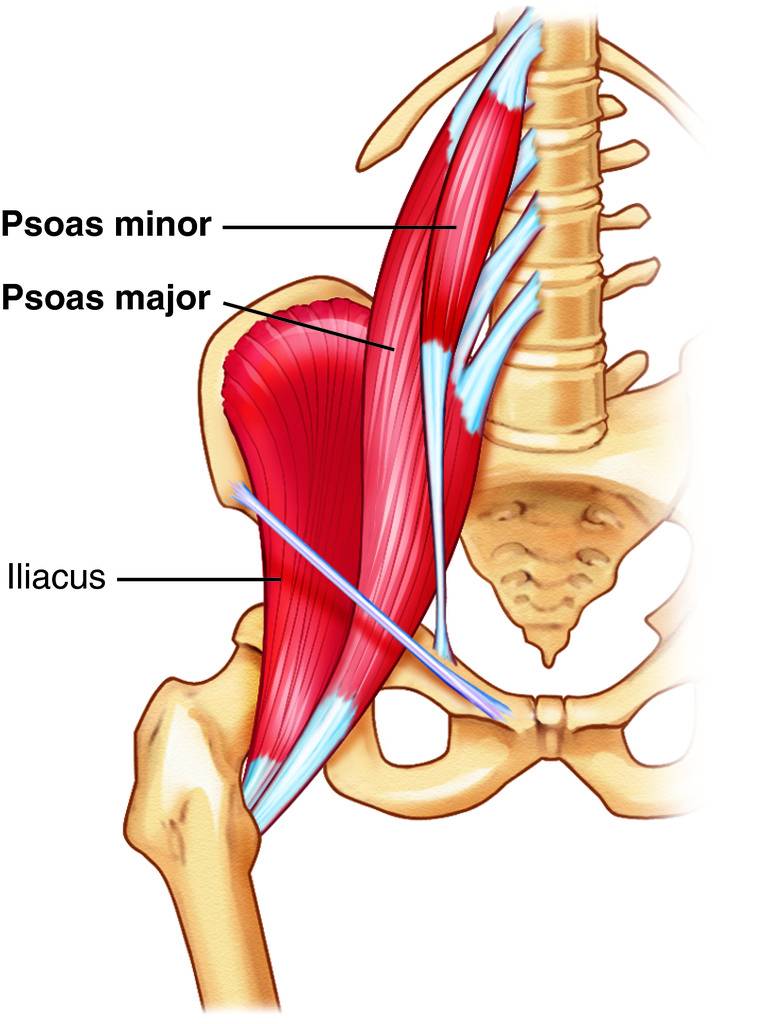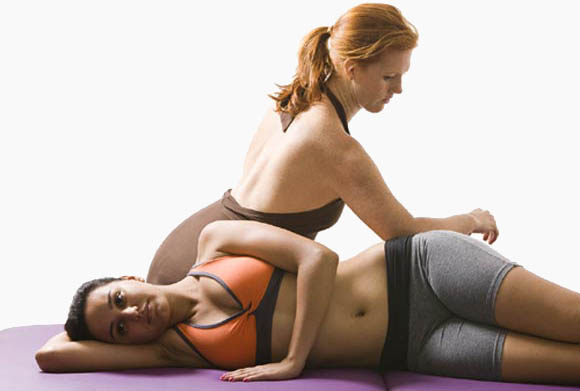by SharonHartnett | Sep 21, 2016 | better posture, Craniosacral Therapy, Massage License in Ohio: 33.007505-H-K
Do you want to find more balance and freedom in your body?
It all starts with a core muscle in the body called the Psoas Muscle. Better Posture is Possible at any Age.
This deep muscle is a connector between the torso and the leg. It originates in the lumbar vertebrae, crosses through the deep abdominal area until the it attaches to the smaller trochanter of the femur. It’s influence over how you walk and move can not be overrated. When it is out of balance, it can negatively affect the spine, and contribute to lower back and pelvic pain. Better posture is key to good health.

Finding better posture
Often you won’t hear doctors talk about this muscle, but it really is one that ought not be ignored. One of the best things you can do is bring your awareness to this core muscle. Why? This muscle is often tight and interwoven functionally with fear, and the fight or flight response. If left overstimulated, it could lead to pain. If you can find away to relax it, you’ll be surprise how much more effortless your movement will become.
Three things that you can do do relax it, and improve posture are:
- Yoga poses can help stretch and release the psoas muscle.
- Laying on your back with your knees up and feet on the ground, while relaxing for 10-15 minutes a day can help wonders.
- Myofascial work and Craniosacral Therapy can relieve deep seated tension around the pelvis and lower back. As the fascia contains the musculature and organs, therapeutic approaches could release restrictions and re-align the spine.
If you are looking for a better posture, look to the psoas and how you can bring more peace and quiet to this part of your body.
Sharon Hartnett LMT
Serving East of Columbus, Ohio
740 966-5153
www.massageincolumbusohio.com
www.upledger.com
by SharonHartnett | Mar 29, 2013 | Massage, Structural Integration
Looking to find a Massage Therapist for Structural Integration (SI) in Columbus, Ohio?
You have come to the right place. Sharon Hartnett LMT has over 17+ years doing Structural Integration Therapy. In the late 1990’s she found a local Rolfer in Mclean, Virginia who introduced her to the 10 series. She fell in love with the positive postural changes and increased movement in her body that she decided to study Structural Integration herself. She has been providing SI sessions with clients ever since.

Relieve Chronic Pain and Find Better Posture
Learn how Structural Integration Developed
Dr. Ida P. Rolf, a pioneering biochemist began to develop Rolfing in the 1930s after suffering from spinal arthritis. The direction of her work was focused on the role of fascia and unwinding tension patterns around muscles and joints in order to release pain and discomfort. While working in the 1960’s teaching her fascial work at the Esalen Institute in California, the term “Rolfing” was coined. Her original thinking and experience of manipulating the connective tissue brought students from around the world. She taught these practitioners how to support the body to function efficiently so that the force of gravity could flow through and support both the form and functioning. Soon later, the Rolf Institute was found. And as with most great work, different schools have branched out, extending the original work with same intention and yet with individualize perspectives.
Why Structural Integration Therapy?
Structural Integration is a system of bodywork that will encourage the body back into alignment and structural integrity. Clients walk away feeling more freedom in their movement, a sense of lightness, greater flexibility, relief from chronic pain and more energized. The Structural Integration model views the person as a whole that is self-regulation and self-organizing. Between sessions, clients are given exercises to help them continue their work out into the world. the body knows where it needs to go in order to find maximum motion. It just needs to be re-edcuated how to do that so it can relate more optimally in fluidity. After 10 sessions, clients take time to allow the work to continue and integrate with better posture.
Is Structural Integration Uncomfortable?
When you go to visit any type of bodyworker and therapist, it is a good idea to communicate your needs right from the start. The therapist has tools and experience working with clients, but ultimately the client benefits the most by expressing what his/her level of tolerance to pressure. Each person is unique in how they like to be touched. What Sharon does is ask, “If you can feel the sensations and feelings that arise during the session without having to tighten or react, than allow yourself to do that. However, if anything hurts or feels like it is too deep, please say “stop” or “lighten up”. The client’s wishes are always respected. With this said, often the fascia has historically tightened up in areas of the body around dysfunctional patterns. There are time when that tissue is lengthened it will be uncomfortable. Most clients though are so happy with the results and reconnection to their body’s that they return over and over with relief and commitment to themselves.
Is Structural Integration for Me?
Sharon offers free 15 minute telephone consults to answer your questions: (740) 966-5153
Serving the Eastern side of Columbus, Ohio
www.massageincolumbusohio.com


